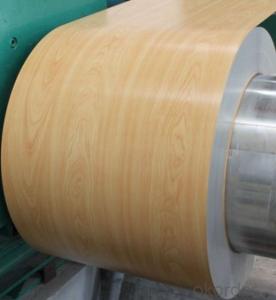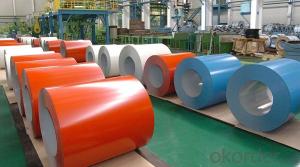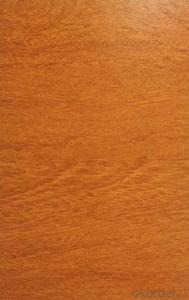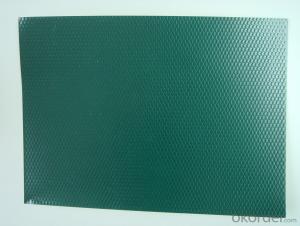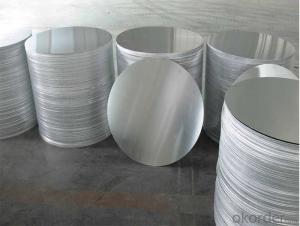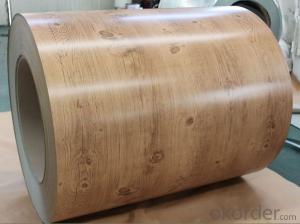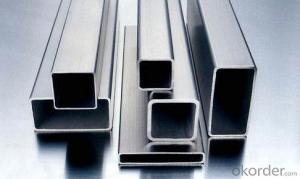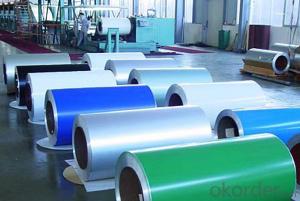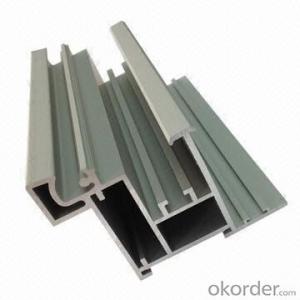Aluminum T Beam
Aluminum T Beam Related Searches
H S Code For Stainless Steel Wd 40 For Stainless Steel Spray Paint For Stainless Steel Drill Bits For Stainless Steel Steel Vessels For Kitchen Best Solar Inverter For Home Led Floor Lamps For Home Led Light For Chandelier Led Lamps For Ceiling Decorative Ceiling Plate For Light FixtureHot Searches
Steel Mesh Panels For Sale Cheap High Tea Sets For Sale High Density Fiberboard For Sale Solar Hot Water Collectors For Sale Scaffolding For Sale In Uae Scaffolding For Sale In Ireland Scaffolding For Sale In Houston Type Of Inverter For Solar Used Solar Inverter For Sale Portable Led Signs For Sale Stone Hot Water Bottles For Sale Large Led Screens For Sale 1/4 Aluminum Plate For Sale H4 Led Headlight Bulbs For Sale Air Pump For Aquarium Price Solar Edge Inverter For Sale Aluminum Bar Stock For Sale 5kw Solar Inverter For Sale Aluminum Round Stock For Sale Bulk Solar Cells For SaleAluminum T Beam Supplier & Manufacturer from China
Okorder.com is a professional Aluminum T Beam supplier & manufacturer, offers integrated one-stop services including real-time quoting and online cargo tracking. We are funded by CNBM Group, a Fortune 500 enterprise and the largest Aluminum T Beam firm in China.Hot Products
FAQ
- The wall thickness options for aluminum pipes can vary depending on the specific application and industry requirements. Generally, aluminum pipes are available in a range of wall thicknesses to accommodate different needs. The most common options for wall thicknesses in aluminum pipes include standard, schedule, and nominal sizes. Standard wall thicknesses are typically used in industrial applications where strength and durability are important. These pipes are manufactured with specific dimensions to meet industry standards and are often used in structural applications, such as construction or engineering projects. Schedule wall thicknesses, on the other hand, are primarily used in pressure applications, such as plumbing or fluid transfer systems. These pipes are designed to handle different levels of pressure and are identified by a schedule number, ranging from Schedule 5 to Schedule 160. Each schedule number corresponds to a specific wall thickness, with higher numbers indicating thicker walls capable of withstanding higher pressures. Nominal wall thicknesses refer to a range of wall thicknesses that fall within a certain tolerance level. These pipes are often used in general-purpose applications or where precise dimensions are not critical. The nominal size is a rounded value that corresponds to the approximate inside diameter of the pipe, while the wall thickness can vary within a certain range. It is important to note that the specific wall thickness options for aluminum pipes may vary depending on the manufacturer, industry standards, or custom requirements. Therefore, it is essential to consult the relevant specifications or consult with a supplier to determine the available options for a particular application.
- Need to know the answer urgently. If anyone knows, please answer, thank you.........Supplement: aluminum without primer spraying, spray and spray paint, paint is 22 dilute acid. After spraying up, adhesion is good, not easy to fall, what formula, or in paint which need to add what?
- The main consideration of painting on aluminum is the adhesion between primer and aluminum. In general, the market is more use of phosphating primer, phosphating primer is a sacrificial paint (will cause damage to the base material), and the high requirements of adhesion performance is not ideal.Also, the base coat is made of ordinary epoxy resin, and the adhesive force is rather weak.At present, relatively strong adhesion paint, 100 meter test can reach 100%, in China only a few foreign paint production enterprises.
- Yes, aluminum pipes are affected by exposure to fire or flames. Aluminum is a non-combustible material, meaning it does not catch fire or burn on its own. However, when exposed to high temperatures, aluminum pipes can still be affected by the intense heat. Aluminum has a low melting point of around 660 degrees Celsius (1220 degrees Fahrenheit), so it can start to soften and deform under the extreme heat of a fire. This can lead to structural damage and compromise the integrity of the pipes, potentially causing leaks or failure. Therefore, it is important to take precautions and protect aluminum pipes from direct exposure to fire or flames to ensure their longevity and functionality.
- What causes aluminium tubes to peel and blacken?
- This phenomenon is common when the aluminum pipe is connected with other metals and has electrolyte liquid flow. This is because the electrochemical reaction forms the galvanic cell. Aluminum is the anode, and the surface of the aluminum tube is oxidized to cause blackening and peeling
- Yes, aluminum pipes are suitable for architectural purposes. They are lightweight, durable, and corrosion-resistant, making them ideal for various architectural applications such as building facades, handrails, and structural components. Additionally, aluminum pipes offer flexibility in design due to their versatility in shape and size, allowing architects to create unique and aesthetically pleasing structures.
- Is the Bondi tube in the fridge good or the aluminum tube?
- Brass is good, but now cost considerations may not give you a large area of copper tube, Bondi is actually a pipe, so buy it, to do better tube evaporator pipe wall layer off ~ ~ ~ ~ is rusty
- The manufacturer and specific requirements can cause variation in the available diameters for aluminum pipes. Nonetheless, aluminum pipes typically span a range of diameters starting from as small as 0.25 inches (6.35 mm) and extending to larger sizes like 12 inches (304.8 mm) or even larger. The intended use of the aluminum pipes can also influence the specific diameter options available since various industries and applications may necessitate specific sizes. To ensure that your specific needs are met, it is advisable to consult the manufacturer or supplier and ascertain the precise range of diameters for aluminum pipes.



































